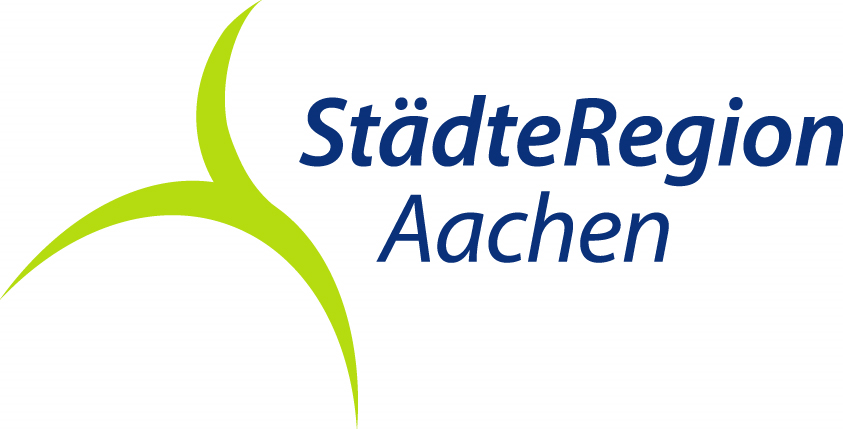Dorfrundgang Einruhr
We start our tour directly at the Heilsteinhaus with the Heilstein spring, which flows into the fountain built there in 2003 and was already in use in Roman times. We then walk up Franz-Becker-Straße and after a few meters we come across a wooden cross surrounded by a mighty beech hedge. We then reach the cemetery with the mighty cross made of Maria Laach basalt. Immediately behind the cemetery, we reach an open meadow. However, the edge of the forest to our right is not just the boundary of the cultivated area. The Eifel National Park begins above the tree line. Before we reach the edge of the forest, passing old fruit trees, there is a welcome opportunity to relax to the left of the path. We treat ourselves to a refreshing dip in the treading pool in front of the elevated tank of the former Einruhr water supply cooperative. The constantly changing view of the village, the lake, the wooded slopes and the hilltop villages on the edge of the Rur valley is a delight. From up here, it is also easy to see how Einruhr has developed over the last 50 years. Back in civilization, the route now descends quickly. Once we reach the bottom, we encounter the more recent history of the village, namely the drastic events of the years 1952 to 1958. A large part of the land on the lake shore was filled in at that time as part of the process of raising the level of the Obersee. Several houses located in the future storage area had to be demolished, as did most of Pleushütte on the other side of the Rurbrücke bridge. Houses no. 46 and 39 have a very special connection. One is the building of the former Rurberg baths, the other used to stand in Pleushütte. Before the water came, both were carefully demolished and rebuilt here in a flood-safe location. Fortunately, several beautiful half-timbered houses survived the massive construction work. Passing the natural outdoor pool, we reach the memorial commemorating the fallen of both world wars. The village's first church, built in 1749, once stood here. Shortly afterwards, we discover two millstones between the half-timbered houses in a wall under apple trees, reminiscent of the over 300-year-old mill, which also had to make way for the landfill. At the crossroads in front of the church, we turn right into the street "Am Obersee" and reach the lakeside promenade and enjoy the beauty of the landscape. From the park with play and climbing facilities for children, we reach the "Rurstraße". Shortly before the church, we discover a stone with a Latin inscription in the wall. The text reads: "To the living God, from whom all gifts come." The votive plaque commemorates the inauguration of the healing stone spring in 1826 and is the last remnant of the fountain enclosure at that time.












